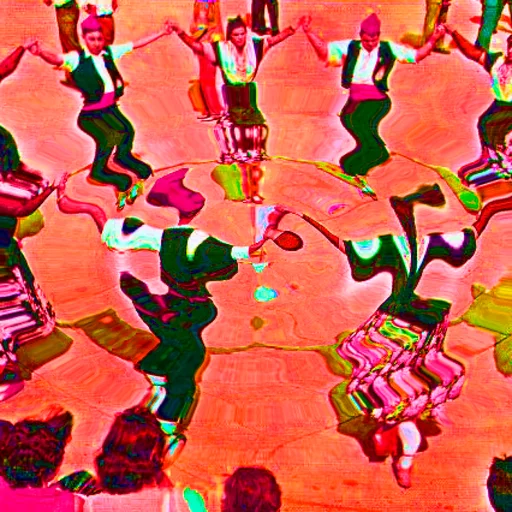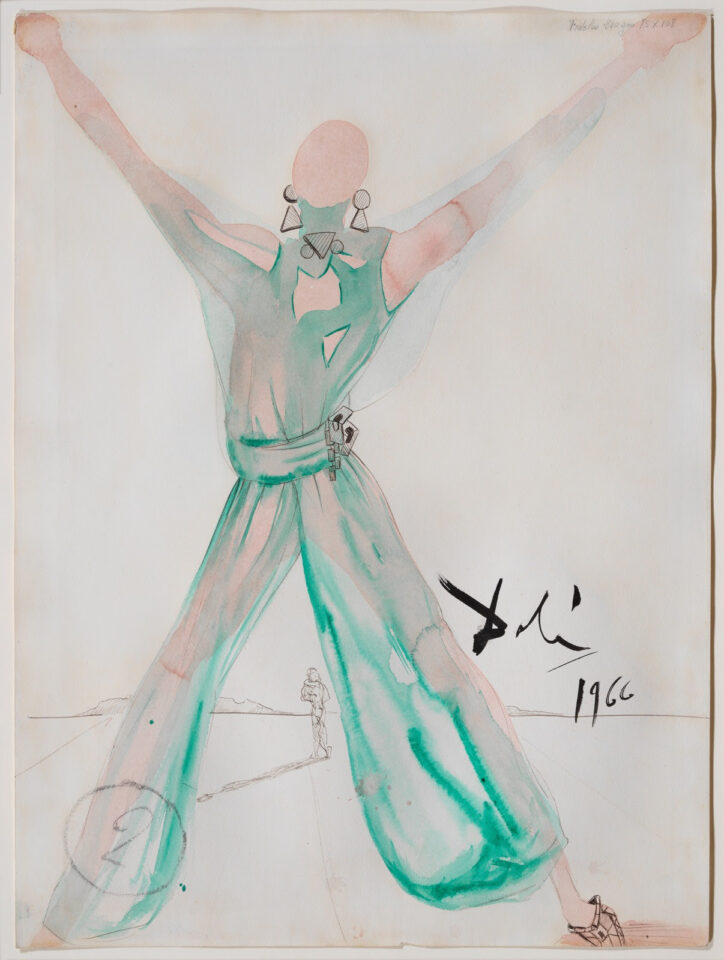Cabanyal Archive. In Memory of the Place
The Cabanyal neighbourhood is a group of fishermen’s houses located about three kilometres east of Valencia’s old quarter. It was originally part of the old fishing village known as Poble Nou del Mar until it was annexed to the city in 1897. As such, it has an urban grid system typical of the parcelling and parallel alignment with the sea of the old fishermen’s huts, the “cabanyes” that gave the area its name. Replacing the old constructions, low houses were built that were of an eclectic design, the result of a popular reinterpretation of the different styles of the time, such as modernism, historicism and rationalism.
In 1993, Cabanyal was declared a Cultural Asset of Interest by the Generalitat Valenciana in recognition of its architectural and historical value but also its social value, given that the singularity of the houses favoured a culture of its own, with a life closely connected to the street and a strong sense of identity. According to property law, this meant creating a Special Protection Plan to guarantee its conservation but in 1998, just five years later, the Valencia City Council, then governed by the conservative party, PP, announced an urban redevelopment plan to create a boulevard, extending Avinguda Blasco Ibáñez by 800 metres so that it reached the sea. This aggressive proposal, which affected one of the oldest areas and split the neighbourhood in two, involved the demolition of more than 1600 houses. Reactions were not long in coming. People from the neighbourhood created the citizens’ platform Salvem el Cabanyal and a strong public opposition, led by cultural professionals and technical specialists in urban matters, denounced not only the destruction of the architectural heritage and the tearing up of the urban fabric but also the harmful consequences for the living conditions of its inhabitants and their social cohesion.
At the height of the conflict, in 2005, the Salvem el Cabanyal platform called upon Patricia Gómez and María Jesús González. Between artistic intervention and heritage conservation, the work of the Valencian artists, who began their practice twenty-two years ago, consists of rescuing spaces immersed in processes of disappearance or abandonment. They achieve this through a distinct system of physical and documentary archiving based on the investigation of the context, analysis of the spaces and their photographic and audiovisual record, as well as on direct interventions on large walls that are transferred to canvas, using what they call “printing by detachment”, which stems from combining the principle of transfer, characteristic of printmaking and strappo in fresco restoration.




